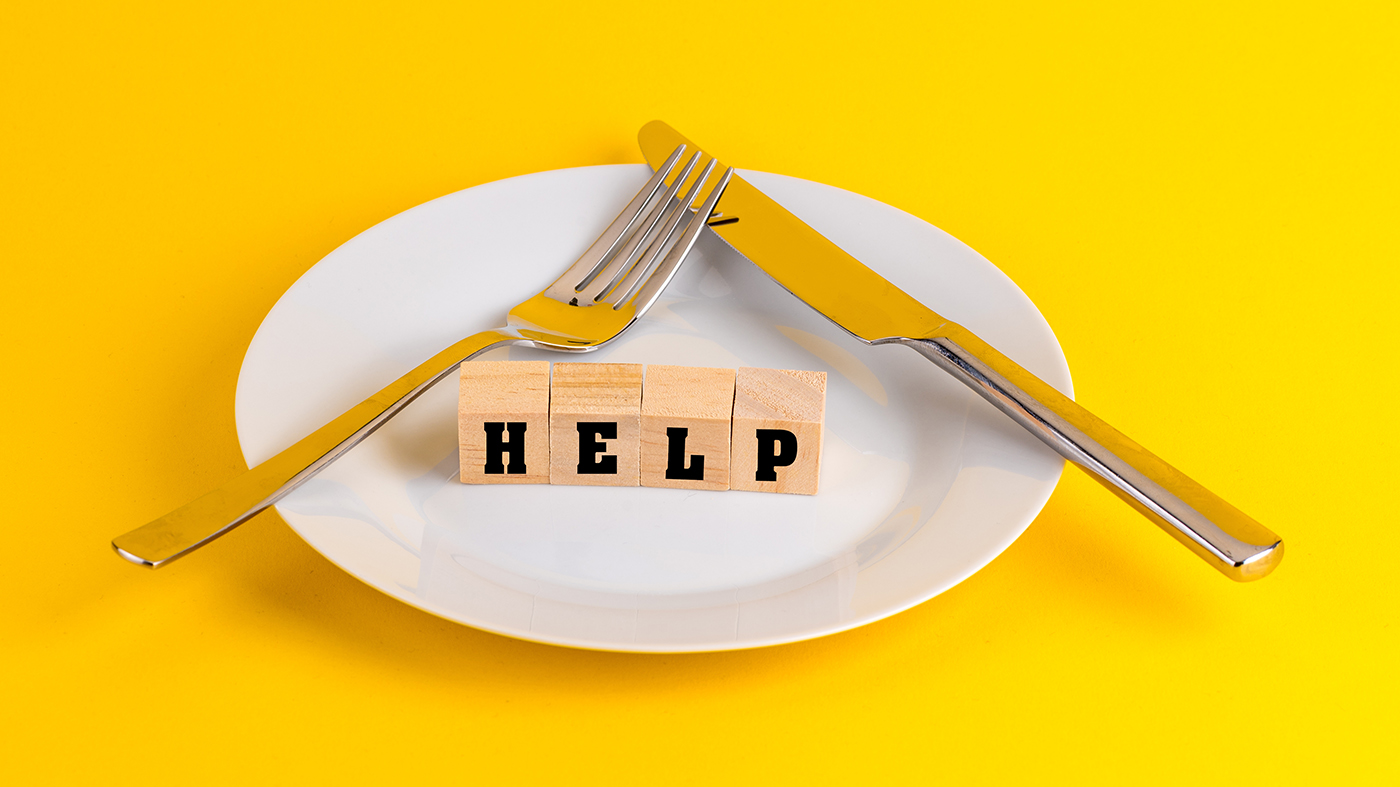While almost everyone has their own idea of what an eating disorder looks like, the reality is much more complex and can be more difficult to treat than most people realize.
Eating disorders exist on a spectrum based on the severity and the degree to which it interferes with everyday life. These range from mildly disordered eating patterns to severe mental illnesses that require specialized, multidisciplinary care. All eating disorders are characterized by markedly disrupted eating behaviors and associated thoughts and feelings.
Signs of an eating disorder include an unhealthy relationship with food, body image, and/or physical activity. Eating disorders can impact people of all ages, sizes, races and genders.
Eating Disorders Awareness Week is February 26-March 4, a time to increase awareness of prevention and treatment as well as advocate for access to care.
Types of eating disorders
- Anorexia is a restriction of food intake and fear of gaining weight with or without harmful compensation (purging, excessive exercise and laxative abuse). Atypical anorexia is the most common form. In this case, someone shows all the signs and symptoms but would be classified as normal to overweight.
- Bulimia is characterized by cycles of binging and purging. Purging can include self-induced vomiting, overexercising, laxative use and misuse of insulin. People with bulimia are not often considered underweight.
- Binge eating disorder is a period of uncontrolled eating beyond the point of physical discomfort. Affected individuals are not always considered overweight.
- Avoidant restrictive food intake disorder (ARFID) is limiting the volume and/or variety of foods eaten that is not related to fears of obesity or distress about body shape, size or weight. ARFID is motivated by a lack of interest in eating or food, sensory sensitivity (strong reactions to taste, texture, smell of foods) and/or a fear of aversive consequences (choking or vomiting).
- Other specified eating disorder (OSED) is the most commonly diagnosed disorder, and it includes patterns of disordered eating behavior that do not meet the diagnostic criteria of another specific disorder, such as anorexia or bulimia. Someone with OSED could fluctuate between patterns of restriction, purging, over-exercising and could experience these in varying intensities.
Eating disorders and Veterans
Both active-duty service members and Veterans are more likely to report eating disorders than the general population. According to the Military Health System, 5-8% of active-duty women, 0.1% of active-duty men, 4.6% of Veteran women and 1-4% of Veteran men have a diagnosed eating disorder. It is expected these rates are higher but go unreported/undetected. A 2021 study reported that up to one-third of Veteran women and one-fifth of Veteran men report symptoms consistent with an eating disorder.
Signs of eating disorders
Eating disorders have behavioral, psychological and physical signs and symptoms. Some behaviors may include severely limiting food to the point of being malnourished, a preoccupation with weight loss, food, calories and dieting, refusal to eat certain foods, or elimination of entire food groups. A person may avoid group meals or other situations involving food.
Extreme concern with body, frequently checking the scale or the mirror might be noted.
All of these behaviors can lead to mood swings, withdrawal and isolation. Physical signs include noticeable fluctuations in weight, digestive complaints, menstrual irregularities, difficulty concentrating, dizziness, fatigue, feeling cold and sleep disruption. Other symptoms may include irritability, mood disorders and obsessive tendencies.
Seeking support
If you or someone you know may be suffering from an eating disorder, don’t wait. Get help now. The longer treatment is delayed the harder the road to recovery becomes. Speak with your medical or mental health provider to learn about treatment options. VA offers a range of treatment options, including nutrition counseling, mental health evaluation, and treatment and specialized outpatient eating disorder treatment teams.
Topics in this story
Link Disclaimer
This page includes links to other websites outside our control and jurisdiction. VA is not responsible for the privacy practices or the content of non-VA Web sites. We encourage you to review the privacy policy or terms and conditions of those sites to fully understand what information is collected and how it is used.
More Stories
Study underscores important role COVID vaccination can have in protecting Veterans from infection and reducing long-term health consequences
Columbia VA’s robotic surgery teams completed their 800th robotic surgery and are on schedule to hit 1,000 by the end of the year.
In a decentralized clinical trial, Veterans can participate from their own homes or local VA instead of having to travel to a research site.







I’m losing weight I’m diabetic sugar runs low in morning and high in the afternoon and night
You didn’t mention Rumination Disorder, which is regurgitating of food and re-swallowing it or expelling it. I have had this condition for many years and use it as a means of weight control while in the service or when I pig out on food.
My granddaughter was just diagnosed with ARFID. I tried and tried to tell the doctors she had an eating disorder. She’s 14. Eats mostly cereal. But definitely mostly sweets and especially likes sauces. A1; sweet n sour; hot or spicy sauces. Very thin. They are sending us to a specialist clinic.